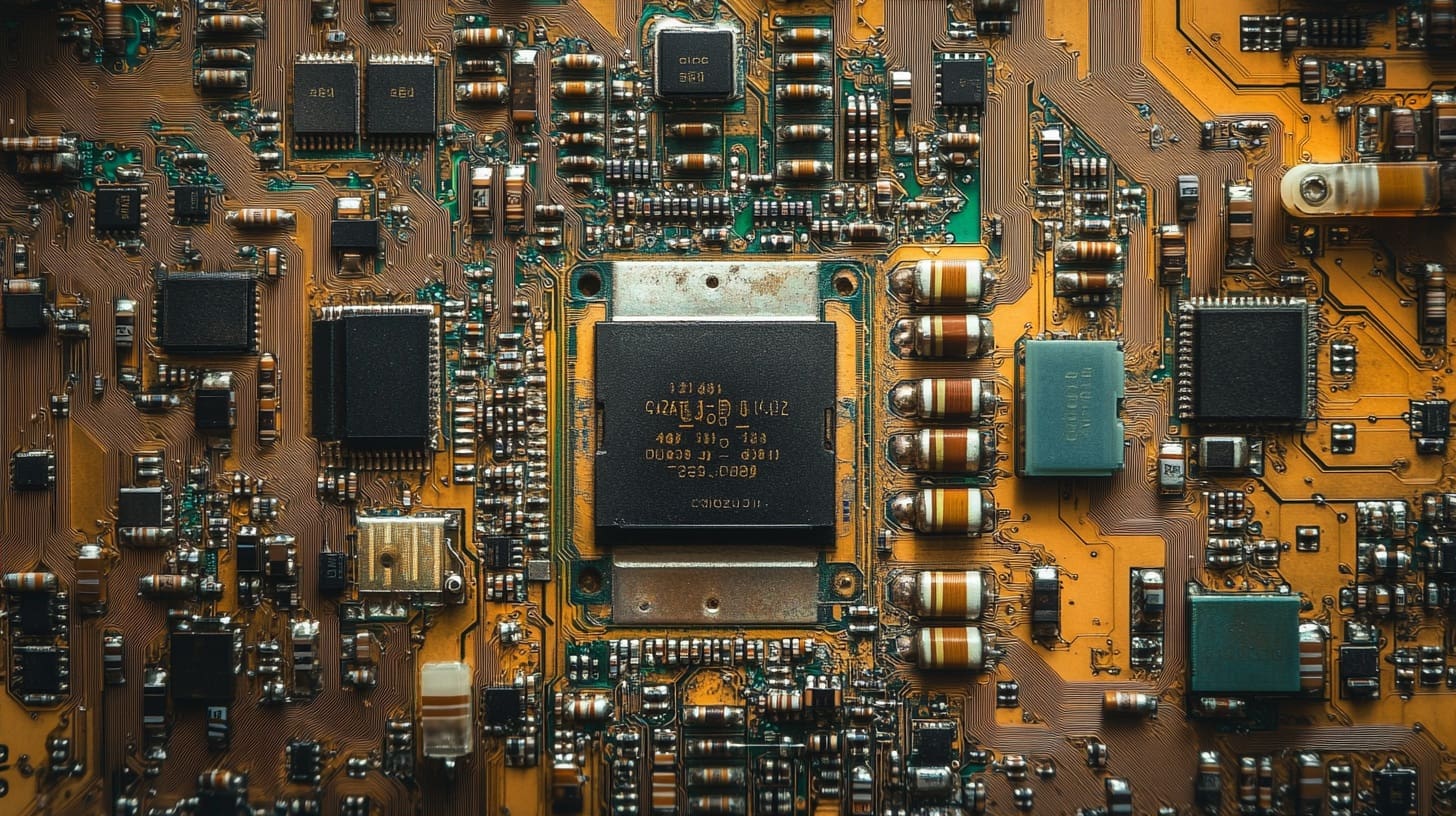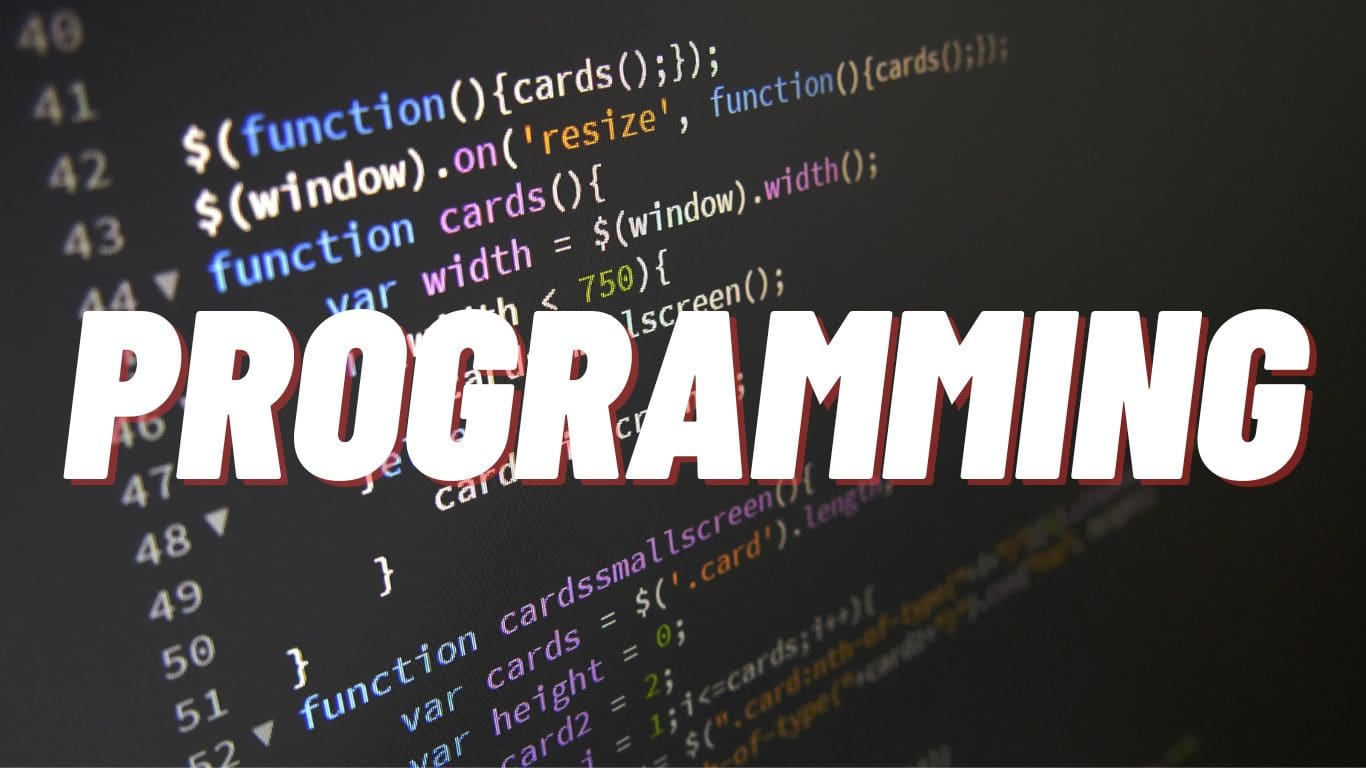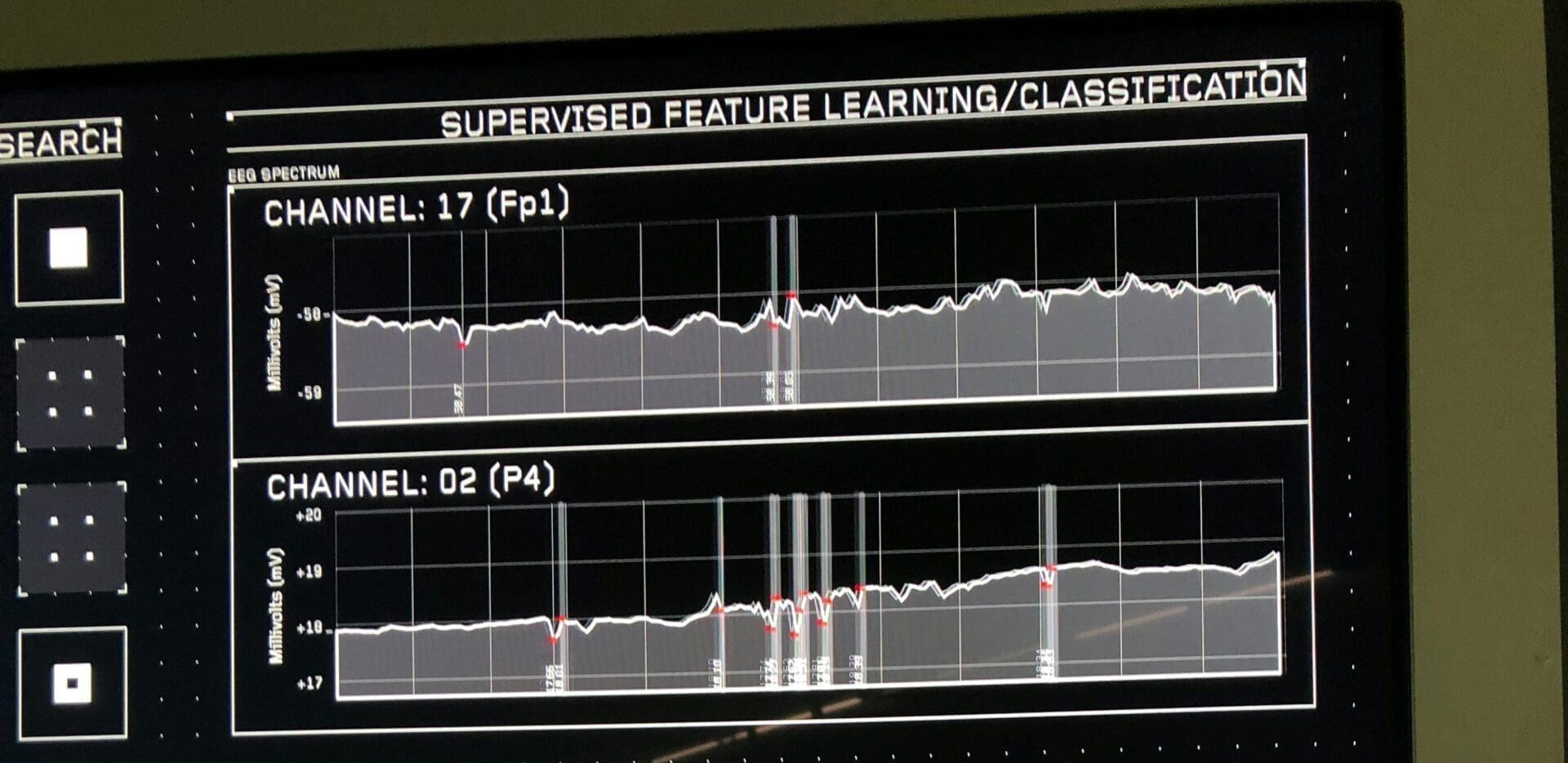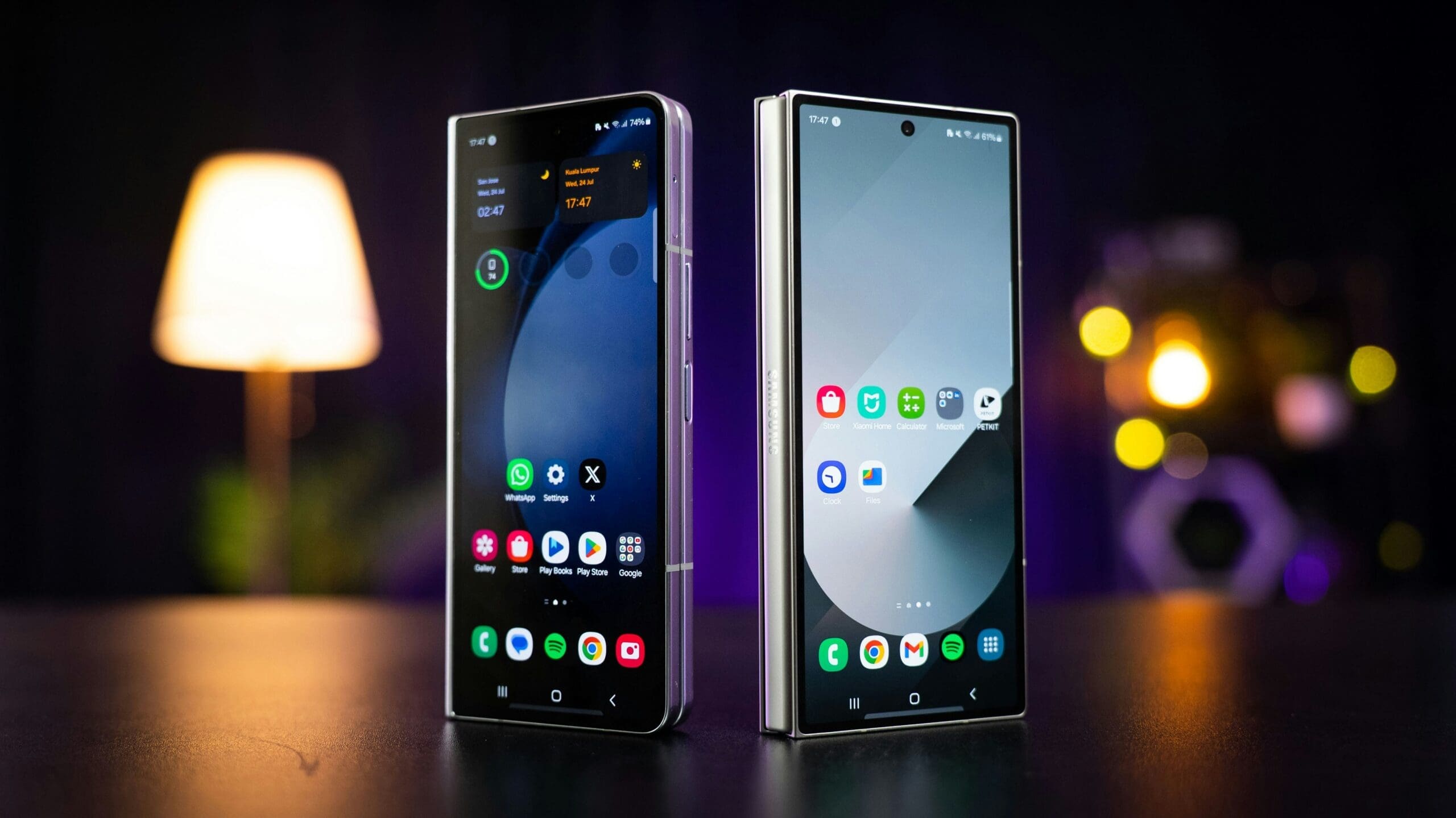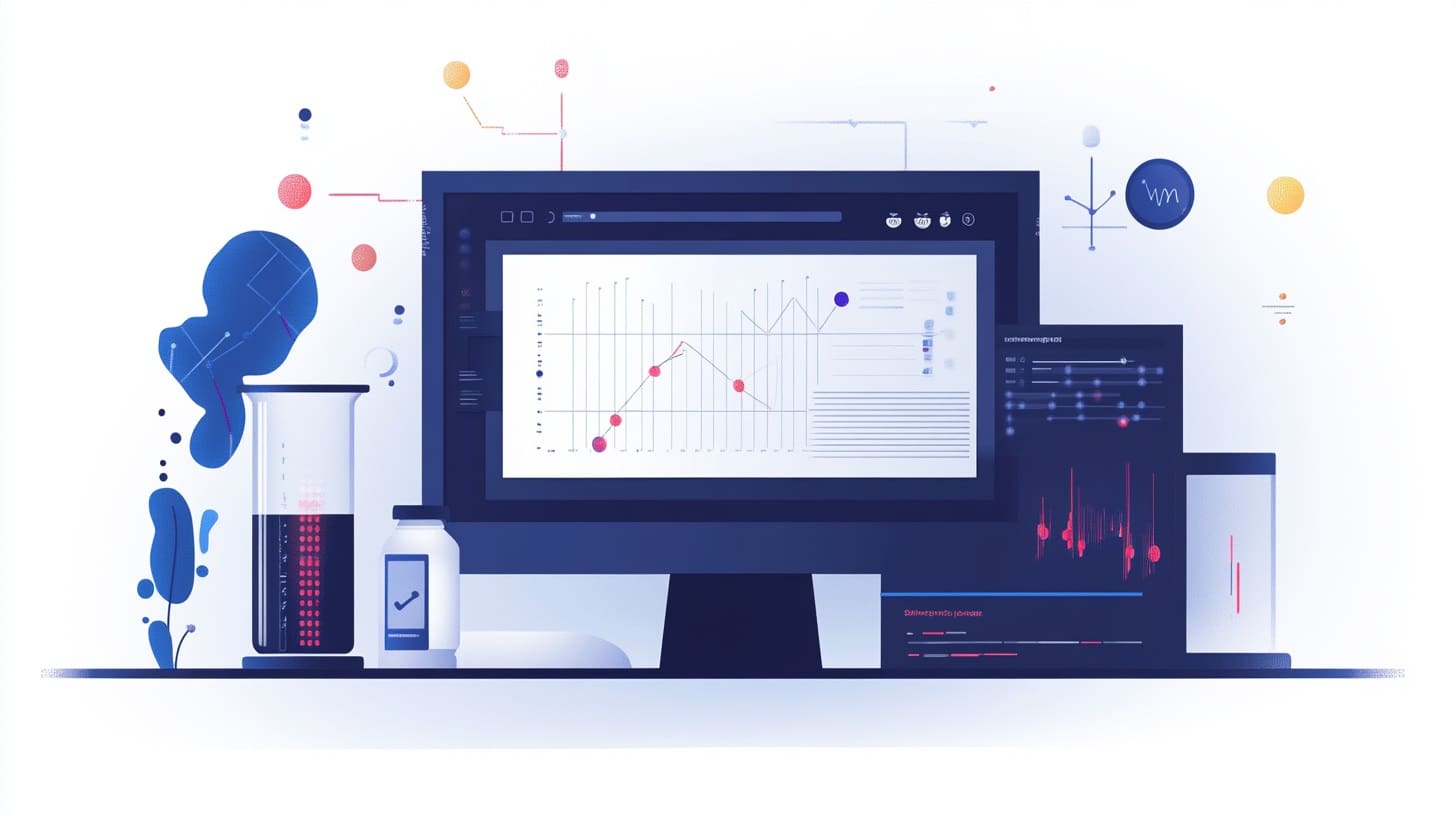Integrated Circuits (ICs) are at the heart of modern electronics, revolutionizing how devices are designed, built, and used. They integrate a multitude of electronic components like transistors, resistors, and capacitors onto a single semiconductor chip. This miniaturization has paved the way for powerful, energy-efficient devices ranging from smartphones to spacecraft systems.
This article explores the fundamentals of integrated circuits, their types, and the functionalities they offer. We’ll examine their design, applications, and why they are an essential element in electronic and computational technologies.
What Are Integrated Circuits?
An Integrated Circuit (IC), also known as a microchip, is a compact electronic circuit that integrates numerous components into a tiny silicon chip. These components work together to perform specific functions such as amplification, computation, or data storage.
Key Characteristics of ICs:
- Miniaturization: Combines many components into a small chip, saving space and reducing weight.
- Cost-Effectiveness: Mass production of ICs lowers the cost per unit, making electronics more affordable.
- Performance: High-speed operation due to the short distances between components within the chip.
- Energy Efficiency: Consumes less power compared to circuits made from discrete components.
History of Integrated Circuits
The concept of integrated circuits emerged in the mid-20th century as a solution to the limitations of traditional circuits built from discrete components. Key milestones in IC development include:
- 1947 – Invention of the Transistor: The transistor, developed by Bell Labs, laid the groundwork for ICs by replacing bulky vacuum tubes.
- 1958 – First Integrated Circuit: Jack Kilby of Texas Instruments and Robert Noyce of Fairchild Semiconductor independently created the first ICs.
- 1960s – Commercial Production: ICs entered the market, revolutionizing industries with their compact design and improved performance.
- 1970s Onward: Rapid advancements in IC technology, such as microprocessors, fueled the growth of computers, mobile devices, and automation.
How Integrated Circuits Are Made
The manufacturing process of an IC involves multiple steps and requires precision engineering. The primary material used is silicon, chosen for its excellent semiconductor properties.
1. Fabrication Process
- Silicon Wafer Production: A silicon crystal is sliced into thin wafers that serve as the substrate for ICs.
- Photolithography: Patterns are transferred onto the wafer using ultraviolet light and a photoresist material.
- Doping: Impurities are added to silicon to alter its electrical properties, creating regions of conductivity or insulation.
- Etching and Deposition: Material is etched away or deposited to form the intricate structures of transistors and other components.
2. Assembly and Packaging
Once the IC is fabricated, it is encapsulated in a protective package with external pins or contacts for integration into circuits.
Types of Integrated Circuits
Integrated circuits are classified based on their functions, design, and level of integration. Here are the most common types:
1. Analog ICs
Analog ICs process continuous signals, amplifying, filtering, or modulating them. They are crucial in systems requiring signal conditioning.
Examples:
- Operational Amplifiers (Op-Amps): Amplify weak signals for applications like audio devices and sensors.
- Voltage Regulators: Provide stable voltage outputs for circuits.
- Analog Filters: Remove unwanted frequencies from signals.
2. Digital ICs
Digital ICs operate using binary signals (0s and 1s). They are the foundation of modern computing and logic systems.
Examples:
- Microprocessors: Execute instructions and perform computations in devices like computers and smartphones.
- Memory Chips: Store data, as seen in RAM and ROM.
- Logic Gates: Perform basic logical operations like AND, OR, and NOT.
3. Mixed-Signal ICs
Mixed-signal ICs combine analog and digital components on a single chip, enabling them to process both types of signals.
Examples:
- ADC (Analog-to-Digital Converters): Convert analog signals into digital form for processing.
- DAC (Digital-to-Analog Converters): Convert digital signals back into analog form for outputs like sound or video.
4. Specialized ICs
Specialized ICs are designed for specific applications, offering tailored performance for particular tasks.
Examples:
- ASICs (Application-Specific Integrated Circuits): Custom-designed for specific applications like automotive systems or gaming consoles.
- SoCs (System on Chips): Integrate all components of a computer or device onto a single chip, used in smartphones and IoT devices.
Functionality of Integrated Circuits
ICs perform a wide range of functions depending on their type and design. These functions make them versatile and indispensable in electronics:
1. Signal Processing
Analog ICs amplify and filter signals, while mixed-signal ICs convert signals between analog and digital forms. This is essential in audio equipment, medical devices, and communication systems.
2. Computation and Control
Digital ICs like microprocessors handle arithmetic, logic, and control tasks, powering computers, smartphones, and embedded systems.
3. Data Storage
Memory ICs store information, ranging from volatile RAM in computing systems to non-volatile flash memory in USB drives and solid-state drives (SSDs).
4. Power Management
Voltage regulators and power ICs ensure stable power supply and efficient energy distribution in devices, preventing damage and optimizing performance.
Advantages of Integrated Circuits
ICs have revolutionized the electronics industry due to their numerous advantages:
- Compact Size: Replace bulky discrete components, reducing the size of devices.
- High Reliability: Fewer connections and components reduce the likelihood of failure.
- Energy Efficiency: Low power consumption makes ICs ideal for portable devices.
- Cost-Effectiveness: Economical in mass production due to economies of scale.
- Scalability: Support high levels of integration for complex systems like SoCs.
Working Principles of Key IC Types
Each type of IC functions uniquely, based on its design and purpose. Let’s explore how some of the most common IC types work:
1. Analog ICs
Analog ICs handle continuous signals, which vary smoothly over time, such as audio or temperature signals.
Key Examples:
- Operational Amplifiers (Op-Amps): Op-amps amplify weak electrical signals. They have two input terminals (inverting and non-inverting) and one output terminal. The gain of an op-amp is controlled by feedback resistors, making them ideal for use in filters, oscillators, and instrumentation amplifiers.
- Example Application: In a microphone, an op-amp amplifies the weak signal generated by the sound waves before it is processed by other circuits.
- Voltage Regulators: These ICs maintain a stable output voltage despite fluctuations in the input voltage or varying load conditions. They are commonly used in power supplies to protect sensitive components.
2. Digital ICs
Digital ICs work with binary data, performing operations on discrete values of 0s and 1s.
Key Examples:
- Logic Gates: Digital ICs implement fundamental logic operations like AND, OR, NOT, NAND, and XOR. These gates form the building blocks of microprocessors and digital circuits.
- Example Application: Logic gates are used in flip-flops to store binary information, essential in memory and sequential circuits.
- Microprocessors: A microprocessor executes instructions based on machine language. It comprises an arithmetic logic unit (ALU), control unit, and registers, allowing it to process complex calculations and control tasks.
- Example Application: The central processing unit (CPU) of a computer is a microprocessor that handles everything from running applications to managing peripherals.
- Memory Chips: Memory ICs store data in various forms, such as:
- RAM (Random Access Memory): Temporarily holds data for active processes.
- ROM (Read-Only Memory): Permanently stores data, such as firmware or boot instructions.
3. Mixed-Signal ICs
Mixed-signal ICs combine analog and digital functionalities, enabling seamless interaction between real-world signals and digital processing.
Key Examples:
- ADC (Analog-to-Digital Converters): ADCs convert analog signals, like temperature or pressure, into digital data that can be processed by microcontrollers or microprocessors.
- Example Application: In a digital thermometer, an ADC converts the analog temperature signal from the sensor into digital data for display.
- DAC (Digital-to-Analog Converters): DACs perform the reverse function of ADCs, converting digital data into analog signals, such as audio or video outputs.
- Example Application: In an audio playback system, a DAC converts digital audio files into analog signals for speakers or headphones.
4. Specialized ICs
Specialized ICs are tailored for specific functions, offering optimized performance for their intended applications.
Key Examples:
- ASIC (Application-Specific Integrated Circuits): ASICs are custom-designed for particular tasks, such as cryptocurrency mining or automotive systems. They are highly efficient but lack flexibility for general-purpose use.Example Application: An ASIC in a Bitcoin mining rig is optimized for hashing calculations, enabling faster and more energy-efficient mining.
- SoC (System-on-Chip): SoCs integrate all essential components of a computer, including a CPU, GPU, memory, and peripherals, onto a single chip. This compact design is crucial for smartphones, IoT devices, and wearable technology.Example Application: A smartphone SoC combines processing power, graphics capabilities, and connectivity (Wi-Fi, Bluetooth) into a compact, energy-efficient package.
Applications of Integrated Circuits Across Industries
Integrated circuits are integral to almost every technological domain, transforming how industries operate and innovate.
1. Consumer Electronics
ICs are the backbone of modern consumer devices, enabling smaller, faster, and more energy-efficient gadgets.
Examples:
- Microprocessors power laptops, smartphones, and gaming consoles.
- Mixed-signal ICs manage audio, video, and sensor data in smart TVs and wearable devices.
2. Automotive Systems
The automotive industry relies on ICs for safety, navigation, and efficiency.
Examples:
- ASICs control advanced driver-assistance systems (ADAS), like adaptive cruise control and collision detection.
- Power management ICs optimize battery usage in electric vehicles (EVs).
3. Healthcare Technology
ICs enable precision and automation in medical devices, improving diagnostics and treatment.
Examples:
- ADCs and DACs convert signals in medical imaging equipment like MRI and CT scanners.
- Microcontrollers manage insulin delivery in automated insulin pumps.
4. Industrial Automation
ICs enhance productivity and efficiency in manufacturing and logistics.
Examples:
- Logic ICs control robotic arms and assembly lines.
- SoCs manage communication in IoT-enabled factory equipment.
5. Communication Systems
ICs play a critical role in modern communication networks, ensuring fast and reliable data transmission.
Examples:
- RF ICs (Radio Frequency Integrated Circuits) power mobile networks, including 5G technology.
- Digital signal processors (DSPs) enhance audio and video quality in telecommunications.
6. Aerospace and Defense
ICs enable advanced systems for navigation, communication, and defense.
Examples:
- Radiation-hardened ICs withstand harsh space environments in satellites.
- ASICs control radar and missile guidance systems.
Challenges in IC Technology
Despite their advantages, ICs face several challenges that engineers and researchers continually work to address:
1. Heat Dissipation
As ICs become more powerful, they generate significant heat, which can affect performance and reliability.
Solution:
Advanced cooling techniques like heat sinks and liquid cooling are used to manage thermal output.
2. Design Complexity
High levels of integration increase the complexity of IC design and manufacturing.
Solution:
EDA (Electronic Design Automation) tools help engineers simulate and optimize designs before production.
3. Scalability
As transistors shrink to nanometer scales, quantum effects pose limitations to traditional IC design.
Solution:
Emerging technologies like quantum computing and 3D ICs offer potential pathways for continued innovation.
Emerging Trends in Integrated Circuit Technology
Integrated circuits continue to evolve, driven by the demand for higher performance, efficiency, and functionality in smaller, more compact designs. Here are some of the most significant trends shaping the future of ICs:
1. Miniaturization and Moore’s Law
For decades, Moore’s Law has guided the semiconductor industry, predicting that the number of transistors on a chip doubles approximately every two years. This trend has resulted in increasingly powerful and energy-efficient ICs.
- Current Status: Transistor sizes have shrunk to as small as 3 nanometers (nm), allowing billions of transistors to fit on a single chip.
- Future Possibilities: As traditional silicon-based ICs approach physical limits, technologies like 2D materials (e.g., graphene) and nanoscale transistors are being developed to maintain progress.
2. 3D Integrated Circuits
3D ICs stack multiple layers of circuits vertically, significantly increasing performance and reducing latency compared to traditional planar designs.
Benefits:
- Higher transistor density.
- Faster data transfer between layers.
- Reduced power consumption.
Applications: 3D ICs are increasingly used in high-performance computing (HPC), data centers, and AI accelerators.
3. System-on-Chip (SoC) Dominance
As devices become smarter and more compact, SoCs have become the go-to solution for integrating multiple functions into a single chip.
Examples:
- Smartphones and tablets use SoCs to combine CPUs, GPUs, memory, and connectivity modules.
- IoT devices leverage SoCs for low-power processing and wireless communication.
4. Heterogeneous Integration
Heterogeneous integration involves combining different types of ICs (e.g., analog, digital, RF) onto a single package, enhancing flexibility and functionality.
Applications:
- AI and machine learning systems benefit from specialized ICs that handle both computation and data transfer efficiently.
- Advanced driver-assistance systems (ADAS) in vehicles use heterogeneous ICs to process inputs from cameras, radar, and lidar.
ICs in Next-Generation Technologies
Integrated circuits are at the core of many emerging technologies, enabling groundbreaking innovations across various fields:
1. Artificial Intelligence (AI)
AI workloads, such as deep learning and natural language processing, demand immense computational power. Specialized ICs like AI accelerators and tensor processing units (TPUs) are designed to handle these tasks.
Examples:
- Neural Processing Units (NPUs): Found in smartphones and edge devices for real-time AI applications.
- GPUs and TPUs: Power machine learning models in data centers.
2. Internet of Things (IoT)
IoT devices rely on energy-efficient ICs for connectivity, sensing, and data processing. These ICs enable seamless communication between billions of devices.
Examples:
- Low-power microcontrollers in smart home devices.
- Mixed-signal ICs in industrial IoT for sensor data conversion.
3. Quantum Computing
While traditional ICs use binary logic, quantum computing leverages qubits for exponential computational power. Specialized ICs are being developed to control and read qubits.
Examples:
- Cryogenic ICs for quantum processors.
- Control circuits that enable error correction in quantum systems.
4. Renewable Energy Systems
ICs play a vital role in optimizing energy production and consumption in renewable energy systems.
Examples:
- Power management ICs regulate voltage and current in solar inverters.
- Smart grid systems use ICs to manage energy distribution efficiently.
Challenges and Opportunities for IC Technology
As ICs advance, the industry faces several challenges, but these also present opportunities for innovation.
1. Heat Dissipation
High transistor densities result in increased heat generation, which can affect performance and reliability.
Solution:
Advanced cooling technologies, such as liquid cooling and thermoelectric materials, are being integrated into IC packages.
2. Security
With the growing reliance on ICs in critical systems, ensuring their security against cyberattacks is crucial.
Solution:
Hardware-based security features, such as secure enclaves and encryption modules, are becoming standard in IC design.
3. Sustainability
The production of ICs involves significant energy and resource consumption, raising concerns about environmental impact.
Solution:
The industry is exploring eco-friendly manufacturing practices and recycling methods to reduce waste and carbon emissions.
Future Outlook for Integrated Circuits
The future of IC technology is incredibly promising, with ongoing research and development opening new possibilities:
1. Neuromorphic Computing
Neuromorphic ICs mimic the structure and function of the human brain, enabling more efficient and powerful AI systems.
Applications:
- Real-time image and speech recognition.
- Advanced robotics with human-like decision-making capabilities.
2. Flexible and Wearable Electronics
Flexible ICs are enabling innovations in wearable devices, medical implants, and smart textiles.
Examples:
- Wearable ECG monitors with flexible ICs for continuous health tracking.
- Smart clothing that integrates sensors and communication modules.
3. Edge Computing
As data processing moves closer to the source (the edge), ICs are being designed for low-latency, high-efficiency operations.
Examples:
- Edge AI chips for autonomous vehicles.
- IoT edge devices for real-time analytics in industrial environments.
Conclusion
Integrated circuits have transformed the technological landscape, enabling the development of modern electronics and paving the way for future innovations. From analog amplifiers to cutting-edge AI accelerators, ICs remain at the forefront of technological progress. As we continue to push the boundaries of miniaturization, efficiency, and functionality, ICs will undoubtedly play a pivotal role in shaping the future of industries ranging from healthcare to quantum computing.
By understanding the types, functionalities, and applications of ICs, engineers and innovators can harness their potential to create smarter, faster, and more sustainable technologies. The journey of integrated circuits is far from over, and their evolution promises exciting breakthroughs in the years to come.

